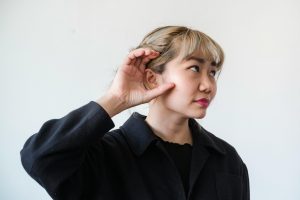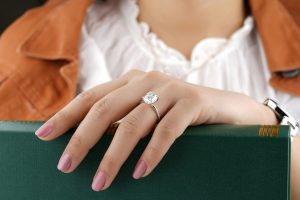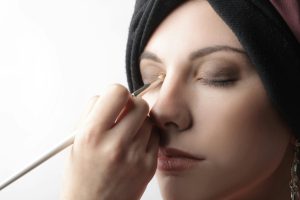How Art and Fashion Intersect on Global Runways
When most people think about fashion and art, they may not see an obvious connection between the two. However, upon closer inspection, it becomes clear that these two industries are heavily intertwined, and their influence on one another can be seen on global runways around the world. Fashion and art have been intersecting for centuries, and this relationship has only grown stronger in recent years. In this article, we will explore how art and fashion intersect on global runways, and how this symbiotic relationship has shaped both industries in remarkable ways.
The Historical Connection between Art and Fashion
Art and fashion have always been intrinsically linked, with both industries drawing inspiration from one another. In the Middle Ages, fashion was considered a form of art, and clothing was intricately designed with rich fabrics and elaborate embroidery to resemble works of art. High fashion during this time was often inspired by paintings, tapestries, and other artistic forms, and clothing was seen as a way to showcase one’s status and wealth.
During the Renaissance period, fashion and art were closely intertwined once again, with the rise of fashion plates and fashion magazines. These publications often featured illustrations of the latest fashion trends, which were accompanied by artistic depictions of the ideal body shape and style. This fusion of fashion and art helped to shape the way people perceived beauty and influenced the way they dressed.
The Impact of Artistic Movements on Fashion
Impressionism
The late 19th century saw the emergence of Impressionism, an art movement that focused on capturing the fleeting effects of light and color. This movement not only revolutionized the art world but also had a profound impact on fashion. Designers such as Paul Poiret and Coco Chanel drew inspiration from Impressionist paintings, using bold and vibrant color palettes in their designs. This shift in fashion towards more expressive and artistic pieces marked the beginning of a new era in the fashion world.
Cubism
The early 20th century saw the rise of Cubism, an art movement that emphasized geometric shapes and patterns. This movement heavily influenced fashion, with designers such as Sonia Delaunay and Piet Mondrian incorporating bold geometric shapes and lines in their designs. This style became known as “Art Deco” and was characterized by its sharp edges and vibrant colors, reflecting the influence of Cubism on fashion.
The Collaboration of Artists and Fashion Designers
In recent years, the intersection of art and fashion has become more prevalent in the form of collaborations between artists and fashion designers. These partnerships have produced some truly spectacular pieces, blurring the lines between fashion and art. For example, in 2013, Louis Vuitton collaborated with Japanese artist Yayoi Kusama to create a collection featuring Kusama’s signature polka-dot patterns. This collaboration was hugely successful, merging fashion with contemporary art in a way that was both unique and stylish.
Another recent example of the merging of art and fashion is the collaboration between designer Raf Simons and artist Sterling Ruby. The partnership resulted in a collection that combined Simons’ avant-garde fashion with Ruby’s abstract art, creating a truly unique and groundbreaking collection.
The Influence of Art on Fashion Trends
Aside from collaborations, art continues to have a major impact on fashion trends. Designers often draw inspiration from famous works of art, incorporating elements such as color, texture, and patterns into their designs. For example, fashion designer Alexander McQueen used Hieronymus Bosch’s “Garden of Earthly Delights” painting as inspiration for his 2010 collection, featuring extravagant and surreal designs that paid homage to the artwork.
Furthermore, fashion trends often mirror the artistic movements of the time. For instance, the minimalist style popularized by artists such as Donald Judd and Mark Rothko in the 1960s and 70s can still be seen in modern fashion trends, with clean lines and monochromatic color schemes dominating the runways.
The Celebration of Creativity and Expression
In today’s world, art and fashion have come together to celebrate creativity and self-expression. With each passing season, we see more and more designers incorporating elements of art into their collections, blurring the lines between fashion and art even further. This fusion has allowed for the creation of truly unique and thought-provoking pieces that not only serve as a form of self-expression but also encourage others to embrace their individuality.
In conclusion, the intersection of art and fashion on global runways is a beautiful fusion of two creative worlds. This symbiotic relationship has been present throughout history and continues to shape both industries in remarkable ways. As we move into the future, it is safe to say that we will continue to see the influence of art on fashion and vice versa, creating a world where creativity and self-expression reign supreme.










